Founded in 1937 by three descendants of , Lilly Endowment grew to become one of the nation’s foremost philanthropic institutions. From the start, the Endowment focused its giving to a large degree in Indianapolis and Indiana. But the impact of its grant making has reached across the nation and around the world.
The Lilly family had a long tradition of contributing to the well-being of their city and state. In the late 19th century Col. Lilly supported the and led in organizing civic improvements through the Indianapolis . His son and grandsons, and , actively carried on this tradition through private giving in these and other areas. Reflecting this altruistic spirit, in 1937 J. K., Eli, and J. K. Jr. decided to organize and add to their philanthropic efforts by establishing Lilly Endowment with gifts of stock in the successful pharmaceutical business that generated the bulk of the family’s wealth, .
The 1930s and 1940s ushered in the formation of many new foundations around the nation, partly in response to the federal tax laws that accompanied Franklin D. Roosevelt’s New Deal. Although the timing of the Endowment’s creation may be attributed in part to the changing income and inheritance tax environment, as well as to concerns regarding business continuity, the Endowment’s philanthropic mission was clearly front and center in its original charter—“the promotion and support of religious, educational or charitable purposes, or all of them.” Article III, Articles of Incorporation of Lilly Endowment, Inc. (filed with the Indiana Secretary of State, June 25, 1937).
Lilly Endowment, Inc. Presidents and Chairmen
| Name | Position | Date |
|---|---|---|
| J. K. Lilly, Sr. | President | 1937 to 1948 |
| J. K. Lilly, Jr. | President | 1948 to 1966 |
| Eli Lilly | President | 1966 to 1971 |
| Chairman | 1972 to 1974 | |
| Honorary Chairman | 1975 to 1977 | |
| Eugene N. Beesley | President | 1972 to 1974 |
| Chairman and CEO | 1975 to 1976 | |
| Landrum R. Bolling | President | 1975 to 1976 |
| Thomas H. Lake | President | 1977 to 1983 |
| Chairman | 1977 to 1991 | |
| Honorary Chairman | 1992 to 1999 | |
| James T. Morris | President | 1985 to 1988 |
| John M. Mutz | President | 1989 to 1993 |
| Thomas M. Lofton | President | 1993 |
| Chairman | 1992 to 2015 | |
| N. Clay Robbins | President | 1994 to present |
| Chairman and CEO | 2015 to present |
In the early years, Eli Lilly managed most of the Endowment’s affairs from one of his office desk drawers. He received and studied requests for contributions and made recommendations to the Endowment’s board of directors, initially comprising Eli himself, his father, brother, and wife Ruth Allison Lilly), and , treasurer of Eli Lilly and Company. The board approved the Endowment’s first grants in December 1937, the largest of which was $10,500 to the Indianapolis Community Fund, thereby setting the precedent of giving to address the concerns and needs of Indianapolis and its residents.
J. K. Lilly Sr. died in 1948, and his bequest of Eli Lilly and Company stock increased the value of the Endowment’s assets from $9 million in 1947 to $39 million in 1948. The Endowment’s philanthropic operations grew accordingly, with annual grants increasing to in excess of $2.6 million in 1951 alone. During these years of significant growth, the Endowment’s board concluded that the Endowment would benefit from management by a dedicated, full-time staff. J. K. Lilly III was employed as secretary of the Endowment in 1949, and an office was opened in the Merchants Bank Building in downtown Indianapolis.
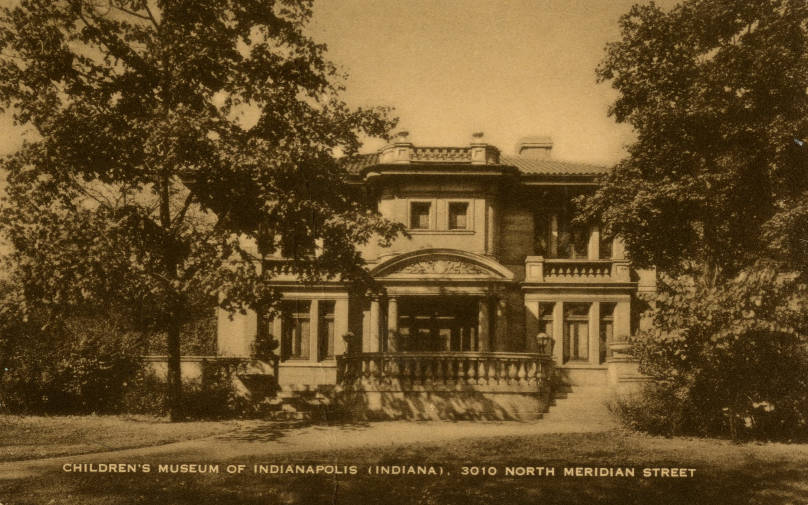
In 1951 the Endowment published its first annual report and in subsequent reports during the following decade described different themes pursued through its grants in the general areas of education, religion, and community service. Indianapolis charities and local institutions, such as and the , received significant contributions. The Endowment also provided substantial support to , the church home of many Lilly family members, and other Episcopal causes. Its support of religion also included many other Protestant institutions; indeed, the Endowment’s special identity among foundations through the 1950s was its high level of concern for and attention to religion and religious institutions.
The Endowment also made major contributions to higher education, particularly to liberal arts colleges in Indiana. Support for some other projects mirrored the personal interests of the two Lilly brothers. J. K. Lilly Jr.’s fondness for American literature and rare books led to special grants in these areas. His collection became the core of The Lilly Library at Indiana University, one of the most significant libraries of rare books and manuscripts in the world. Eli Lilly’s wide interests stimulated support for a long list of causes and endeavors, ranging from the United Negro College Fund to the study and promotion of character development and from research in prehistoric archaeology to Indiana history projects.
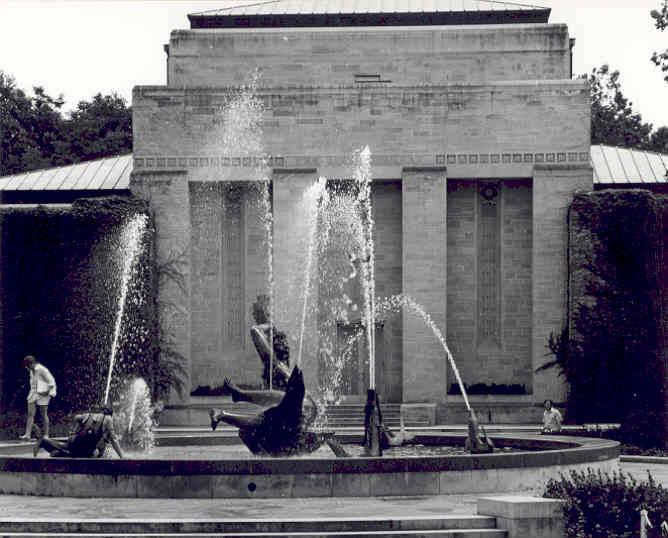
While the Endowment maintained its central focus on education, religion, and community service, some notable changes occurred in the turbulent 1960s. J. K. Lilly Jr. died in 1966 at the age of 72, a founding member of the Endowment and its president since his father’s death in 1948. His death left Eli Lilly as the sole remaining founder of the Endowment.
During much of the 1960s, the Endowment’s annual reports championed the wisdom of free markets, evangelical Christianity, and other traditional conservative values. This caused concern among some more liberal foundation watchers and led to some criticism of the Endowment, most notably in Waldemar A. Nielsen’s the Big Foundations (1972).
Beginning in the early 1970s, however, the Endowment’s leadership and grantmaking reflected broader purposes and viewpoints than in the 1960s. The Tax Reform Act of 1969, in particular, had created challenges for all private foundations, establishing new rules for required charitable distributions each year, mandating reduced levels of stock holdings in business enterprises, and imposing heightened restrictions on transactions between foundations and “disqualified persons,” among other things.
As a consequence of this legislation and also because of an increase in assets contributed to the Endowment from a trust established by J. K. Lilly Sr. before his death, annual grants rose from about $9 million in the late 1960s to over $50 million by the mid-1970s. The staff increased from 6 to 75 and moved to larger quarters on North Meridian Street (see ). The board now included several members who were not part of the Lilly family or executives at Eli Lilly and Company, including Indiana University’s former president, Herman B Wells, former Indiana governor Roger D. Branigin, and Wabash College president Byron K. Trippet.
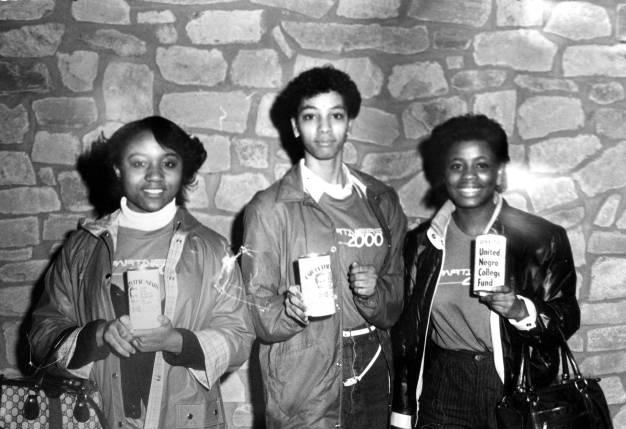
The 1970s and early 1980s witnessed a substantial increase in the Endowment’s investments in the city, consistent with the early interests of the Endowment’s founders. Eli Lilly lived to see the start of a resurgence in downtown Indianapolis and to help guide the Endowment’s expanded role in that growth. At a retreat in 1976, Lilly urged his colleagues to intensify their commitment to Indianapolis. He died in early 1977 at age 91, still serving as honorary chairman of the board and having been a board member continuously since the Endowment was established forty years prior.
In the early 1970s, the Endowment approved grants to renovate the historic , saving it from the wrecker’s ball. Between 1975 and 1987, the Endowment made contributions totaling about $300 million for significant undertakings in and around Indianapolis, becoming a major partner in the public-private strategy to rebuild and revitalize downtown. The Endowment contributed $25 million to the expansion of the and the construction of the .
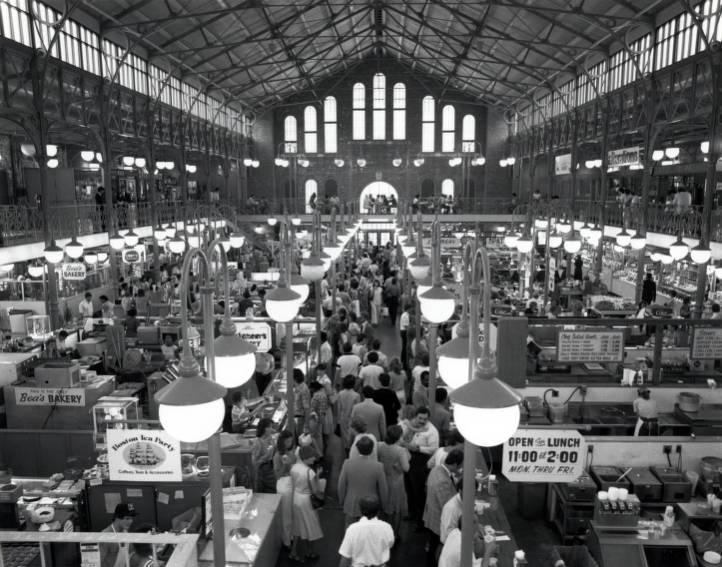
It supported other major downtown construction projects, including the reuse of the , the repaving of Market Street, and the beautification of the . The Endowment also contributed to restoring the and and made substantial grants to develop the and to help build in it the new and the . It also supported the construction of the sports complex on the campus, the Major Taylor Velodrome at Sullivan Park, and other sports facilities that attracted the to Indianapolis in 1987. Endowment support also helped renovate the Building and revitalize the area around it as well as , , and other near-downtown neighborhoods. In the late 1970s, the Endowment’s support was instrumental to the founding of the Center for Leadership Development.
In the late 1980s, the Endowment also provided substantial support to launch the Indianapolis Neighborhood Housing Partnership to expand the supply of affordable housing for low-to-moderate-income residents and improve neighborhoods in the city. The Endowment began in the mid-1980s for the first time to offer major assistance for K-12 public education. It also helped establish the Indiana University Center on Philanthropy to promote a deeper understanding of philanthropy and prepare students for careers in nonprofit organizations and the field of philanthropy. In 2006, the Endowment endowed the Center with a $40 million grant, and in 2012, the Center became the , the first school of philanthropy in the world.
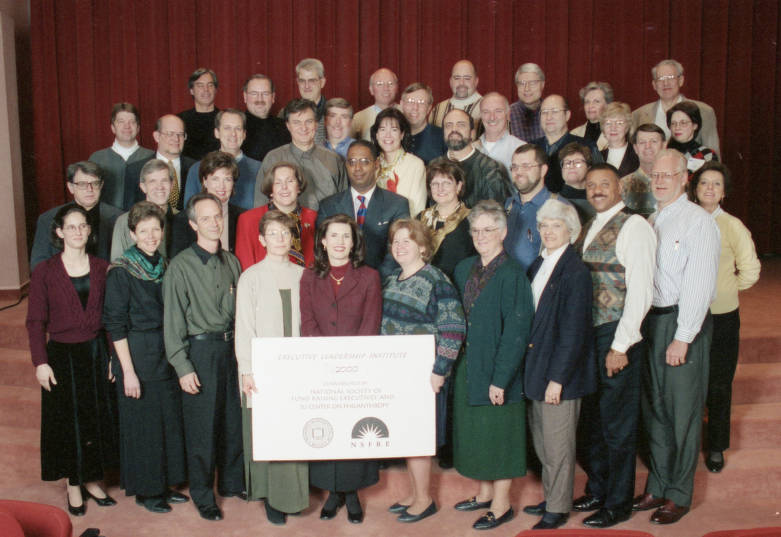
In addition to contributing to the renewal of Indiana’s capital, the Endowment’s community development focus was expanded significantly beyond the city limits. Beginning in 1990, the Endowment embarked on an ambitious course to support and develop community foundations around the state. At that time there were around 12 community foundations and their aggregate asset value was roughly $70 million.
Over the next several decades through several phases of asset-building, project and matching grants from the Endowment, community foundations, and associated county affiliate funds could be found in all of Indiana’s 92 counties. The total assets of community foundations that have regularly participated in GIFT since 1990 were valued at nearly $3.2 billion at the end of 2019.
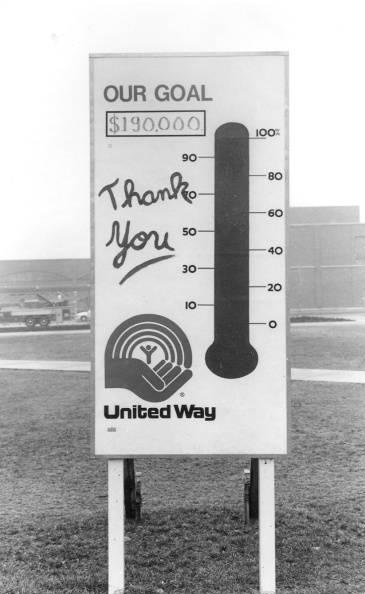
During this time, the Endowment also provided substantial funding to build the capacity of Indiana’s more than 55 United Ways through regular support for the Indiana United Ways, the membership association of United Ways in the state. It also sought to strengthen the and its agencies through a series of strategic grants in addition to the Endowment’s regular support of the United Way of Central Indiana’s annual campaign, including a $50 million grant for its endowment in 1998.
While supporting these and other community development initiatives, the Endowment also continued its nationwide programs in religion during the 1980s and 1990s, with increased attention to , theological education, the professional and personal development of ministers, congregational vitality, and research on trends and issues relating to pastors, congregations and religious faith in the country. In 1999, the Endowment launched its Clergy Renewal Program for Indiana Congregations and then expanded this work in 2000 through the creation of the National Clergy Renewal Program. These ongoing programs awarded grants to congregations to provide renewal programs for pastors and their families while, at the same time, supporting congregations to become more vital places of worship and mission.
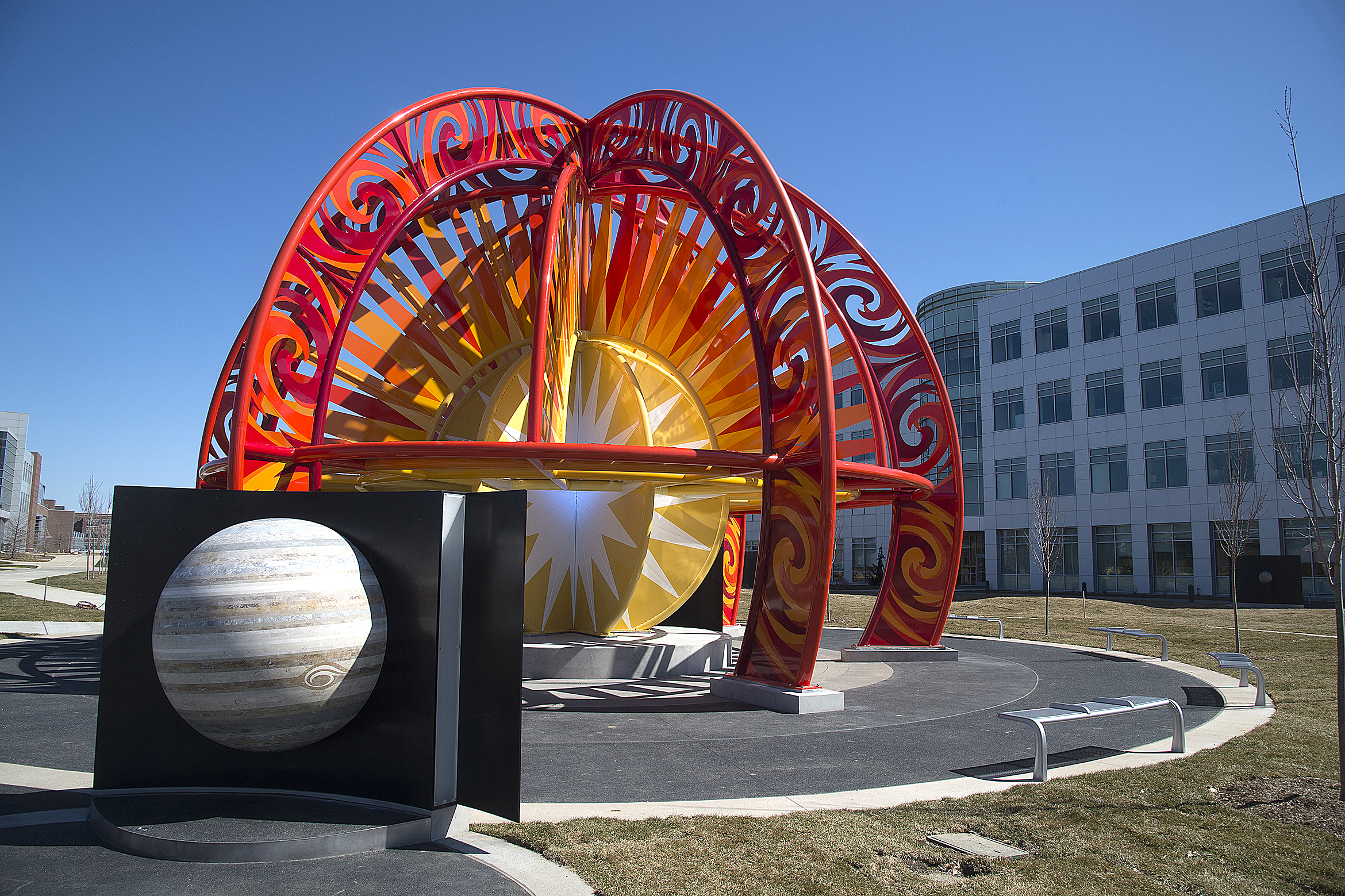
Support for higher education also continued, with special emphasis on strengthening and enhancing the effectiveness of Indiana’s colleges and universities and on helping increase the state’s very low national ranking in the percentage of its adult population holding a bachelor’s degree. In 1998, the Endowment developed the Lilly Endowment Community Scholarship Program (LECSP) to help raise the level of educational attainment in Indiana and to increase awareness of the beneficial roles that Indiana community foundations could play in their communities. Through LECSP, the Endowment began providing full-tuition, four-year college scholarships to students in every county in the state who are nominated by their local community foundations. By 2020, more than 4,700 Lilly Endowment Community Scholarships had been awarded for students to attend any Indiana public or private college or university of their choice. The Endowment also approved substantial grants to several Indiana colleges and universities to build distinctive capabilities, including grants to establish Purdue University’s Discovery Park and Rose-Hulman Institute of Technology’s Rose-Hulman Ventures.
At the turn of the 21st century, the Endowment began to increase its efforts to help align the educational and cultural resources of Indianapolis and Indiana with the city’s and state’s economic development assets and challenges. Concerned about the impact of the increasing loss of companies headquartered in Indianapolis and the need for a more strategic approach to building prosperity in the city and state, the Endowment helped launch the (CICP) in 1999. CICP, and its affiliated charitable arm (CICP Foundation), was formed to bring together the chief executives of Central Indiana’s prominent corporations, private foundations, and universities in a strategic and collaborative effort dedicated to the region’s continued prosperity and growth.
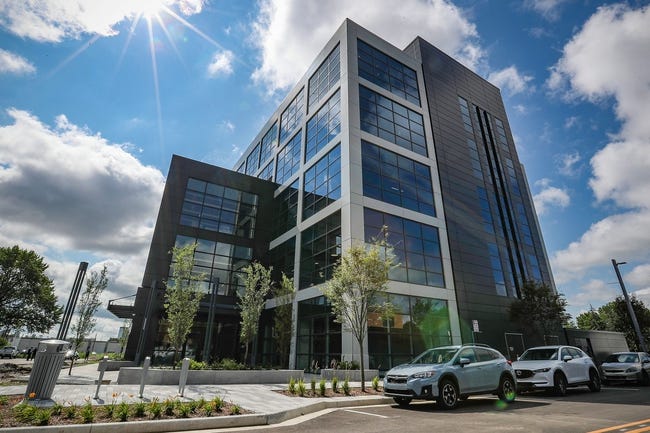
Through significant research, CICP determined to focus on building the life sciences, advanced manufacturing and logistics, and information and technology sectors of Central Indiana’s economy. From CICP’s beginning and into the 2020s, the Endowment has supported the charitable and educational aspects of virtually all of CICP’s sector initiatives, especially the life sciences through CICP’s initiative. To help anchor the life sciences efforts for the state, the Endowment approved the largest grant in its history, a $105 million grant in 2000 for the Indiana Genomics Initiative. This support during the subsequent 20 years was complemented by several substantial grants to help build the sector, including grants for the Indiana Biosciences Research Institute and the innovation district.
Alongside the economic development aspects of the Endowment’s community development work during this period, the Endowment renewed and expanded efforts to help foster the cultural vitality of the community for the benefit of long-time residents and to attract new residents. In addition to providing regular operating support for several arts and cultural institutions, the Endowment approved some major grants to support significant new initiatives or projects of key arts and cultural institutions and funded the biennial Creative Renewal Fellowship Program of the to lift and encourage the creative spirit of the community’s artists and arts administrators. In 2018, the Endowment provided nearly $50 million to 18 organizations through its Strengthening Indianapolis Through Arts and Cultural Innovation initiative, which supported a broad spectrum of collaborations among arts and cultural institutions, schools, parks, neighborhood community centers, social service organizations, and government agencies.

This focus on enhancing the quality of life in Indianapolis included efforts to address basic human service needs, in addition to arts and culture. From 2015 through 2018, the Endowment approved several cohorts of substantial grants intended to strengthen the financial sustainability of significant charitable organizations in Central Indiana. These grants, totaling in excess of $380 million, supported key strategies, including creating and building endowments, to bolster the financial sustainability of 14 arts and cultural institutions and 48 human service and youth development agencies.
The Endowment’s efforts during the first two decades of the 21st century to align the city’s and state’s educational and cultural strengths with economic development also included an invitational initiative to support collaborative efforts in several Indiana regions involving Indiana community foundations, research universities, and other educational organizations, key businesses and various civic institutions. The aim of these efforts has been to develop the educational opportunities and cultural amenities needed for key businesses in the regions to thrive and thereby build a better quality of life for their residents. Beginning with the first regional effort in 2007 in Southwest Central Indiana, the Endowment through 2019 had funded similar efforts in five other regions with grants totaling $200 million.

At the national level, during the first two decades of the 21st century, the Endowment continued its longstanding support of efforts to improve and expand educational opportunities for African Americans, Hispanics, and Native Americans through major funding for UNCF, which the Endowment has supported every year since its creation in 1944, the Hispanic Scholarship Fund and the American Indian College Fund.
In religion, the Endowment during this time continued to build significantly on its initiatives throughout the country to improve theological education, to encourage young people to consider and prepare for the ministry or lay leadership in congregations, to help pastors and congregations thrive, and to foster public understanding about religion and lift up in fair and accurate ways the role religion plays in society. The Endowment provided major support to enhance and expand the coverage of religion in the news media and to promote and develop educational exhibits on religious themes at nationally prominent museums, including the Smithsonian Museum of American History and the Smithsonian Museum for African American History and Culture.
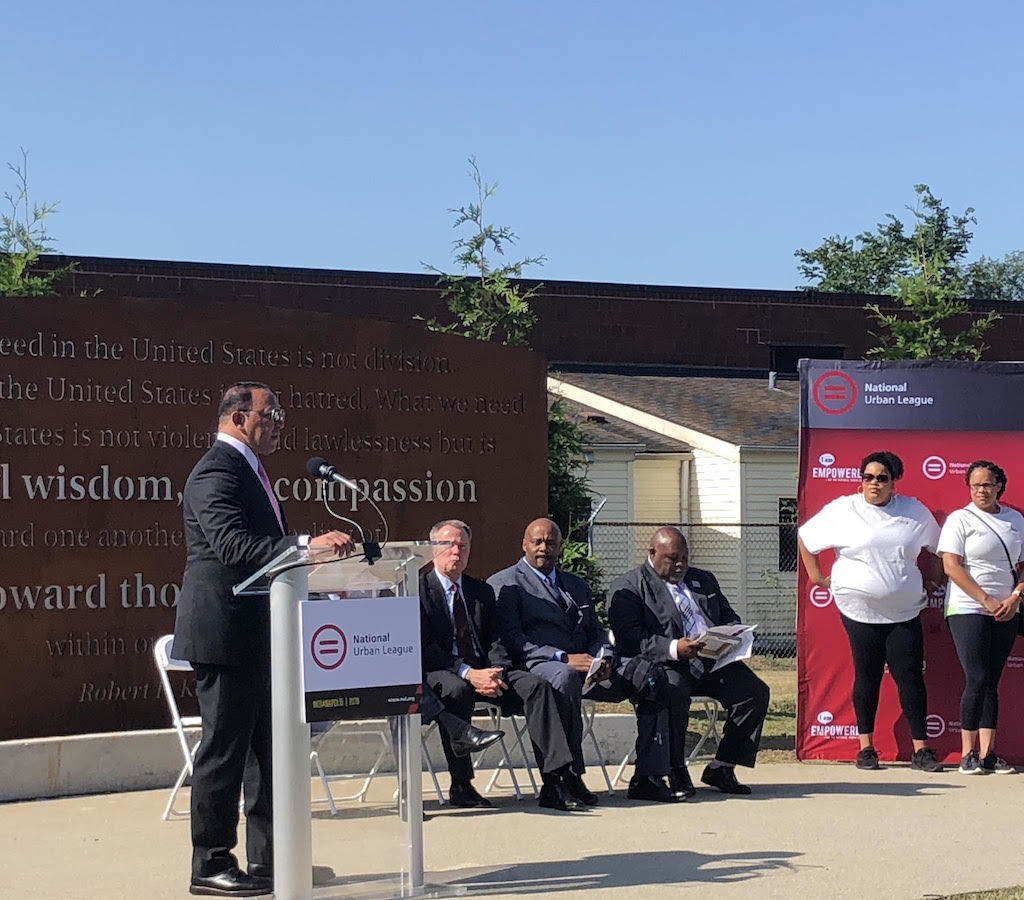
In 2020, the Endowment’s efforts focused largely on the challenges arising from the COVID 19 pandemic in its city and state and throughout the country. Through September 2020, the Endowment provided more than $170 million to organizations in Indiana and throughout the United States to address compelling needs resulting from the pandemic. In addition, concerned about the disproportionate impact of the pandemic on African Americans and broader underlying issues of racial inequity, the Endowment also approved one of its largest grants ever, a $100 million grant to the National Urban League for the Indianapolis African American Quality of Life Renewal Initiative. The National Urban League entered into close collaboration with the and the for local input and guidance to develop strategies to help more African Americans in Indianapolis gain access to high quality, lifelong learning opportunities; build family stability and financial assets; obtain affordable housing; improve physical and mental health; achieve economic and business parity; and participate in advocacy, civic engagement and leadership to promote equality and racial justice.
The first donations to the Endowment in 1937 of 17,500 shares of Eli Lilly and Company stock were originally valued at $262,500, but the giving of J. K. Sr. and his sons continued throughout their lifetimes, and at death. By 1971 their combined gifts were valued at about $94 million at the time of each gift. A few non-family members contributed another 210,000 shares, valued at $1.1 million. And the Endowment was included in the estate plan of , the daughter of J. K. Lilly Jr., resulting in gifts from her beginning in 2003 totaling more than $200 million at the time of transfer.
Seeded with these generous acts of philanthropy, the Endowment made cumulative grants from 1937 through 2019 totaling more than $10.9 billion to nearly 10,000 charitable organizations. Of that $10.9 billion, $4.1 billion supported education (38 percent), $3.9 billion supported community development (36 percent), and $2.9 billion supported religion (26 percent). Approximately $7.3 billion was granted to Indiana organizations (67 percent). At the end of 2019, the Endowment’s assets totaled nearly $17 billion.

Help improve this entry
Contribute information, offer corrections, suggest images.
You can also recommend new entries related to this topic.